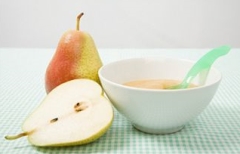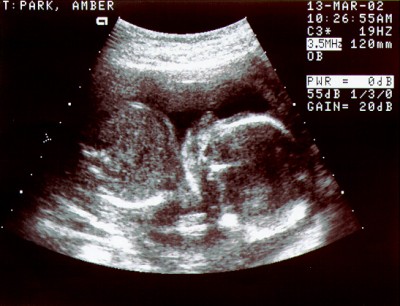 Have you been considering making your own baby food? A lot of people are under the assumption that making baby food is a very time consuming and difficult chore. With the right equipment and a little bit of time, it really isn’t as much work as you might think.
Have you been considering making your own baby food? A lot of people are under the assumption that making baby food is a very time consuming and difficult chore. With the right equipment and a little bit of time, it really isn’t as much work as you might think.
Benefits Of Making Your Own Baby Food
The benefits of making your own baby food, far outweigh any extra work that it may create for you.- You will know exactly what is going into your baby’s food
- You will know where the food is coming from and how carefully it has been prepared. It is especially helpful, if you have discovered your baby has food allergies. You won’t have to worry about any cross-contamination issues that may happen at the manufacturing plants
- It is less expensive than buying jarred baby food.
- No added preservatives or unwanted ingredients.
- The food is always fresh.
- You have control of what foods you want to combine for different flavors.
- You can use your own homegrown fruits and vegetables.
- It tastes much better!
What Do You Need To Make Homemade Baby Food?
There are a couple good baby food making tools out there that can help make the process go a little smoother and quicker for you. It might cost you a little bit to get started, but over the long run, it will still work out cheaper.- Food processor/food mill – There are some really good baby food processors/mills out there that really aren’t very expensive at all. They are smaller and less bulky than a regular processor, which helps with cleanup and storage. You can also use a regular food processor you might already have on hand, but make sure that it has a good puree feature.
- Storage containers – There are several different kinds out there that you can use to put the food in after you have made it. One of the best looks like a regular ice cube tray with a cover. Each cube holds one ounce, which makes for easy measuring when you go to feed the baby.
- A baby food cook book – This isn’t totally necessary as you can probably look up a lot of the recipes online, but it might come in very useful to have on hand
Method To Make Baby Food
Once you have the right equipment, making the baby food is a piece of cake. You don’t have to be a gourmet cook in order to do it either, so don’t worry. This is where that cookbook might come in very useful though. It will help you figure out the right quantities and measurements of each ingredient. Although, some recipes might be a little more involved than others, here are the basic steps to making your baby’s food.- Choose fresh ingredients – use organic foods if you can spend a little more. You will not have to worry about any pesticides getting into your baby’s food.
- Wash all fruits and vegetables thoroughly
- Fruits – Make sure you remove all the peels before cooking. For fruits like peaches, you can boil them in hot water for about 30 seconds and then cool to help remove the peels. Vegetables – Some will need to be peeled and others (like peas) don’t need peeling
- Cut up the fruits and vegetables into small cubes
- Bring a small amount of water to boil and add the fruits/veggies for about 10 minutes or until very soft. You can also choose to cook them in the microwave. Just place the cubes into a microwave safe bowl with some water, cover and cook until soft. If you have a steamer, that is another option as well.
- Allow the food to cool
- Add to food and remaining water to the processor and puree for a couple minutes until completely smooth. You do not want any lumps, so when you are done, check to make sure there aren’t any left. You can also add more water at this stage as well if needed. Depending on what you are making, you can also add breast milk, formula or juice as a thinner instead of the water.
- Poor the pureed food into the trays and place into the freezer.
- Once frozen, you can transfer them into other storage containers so that you can reuse the trays
- Label your containers so that you can keep track of when the food was made.
Make Your Own Baby Food



